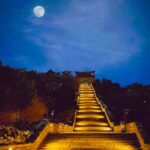Today, we embark on a journey to Mount Emei in Leshan City, Sichuan Province, to explore this renowned Buddhist mountain and experience a visual and spiritual pilgrimage.
Mount Emei, a branch of the Qionglai Mountains, is located on the southwestern edge of the Sichuan Basin in China, near the mysterious 30° North latitude. Rising abruptly from the Emei plains, the mountain range stretches 23 kilometers from north to south, covering an area of approximately 110 square kilometers. Situated within Leshan City, Sichuan Province, its highest peak, Wanfo Top, reaches an elevation of 3,099 meters, making it one of China’s Four Great Buddhist Mountains.
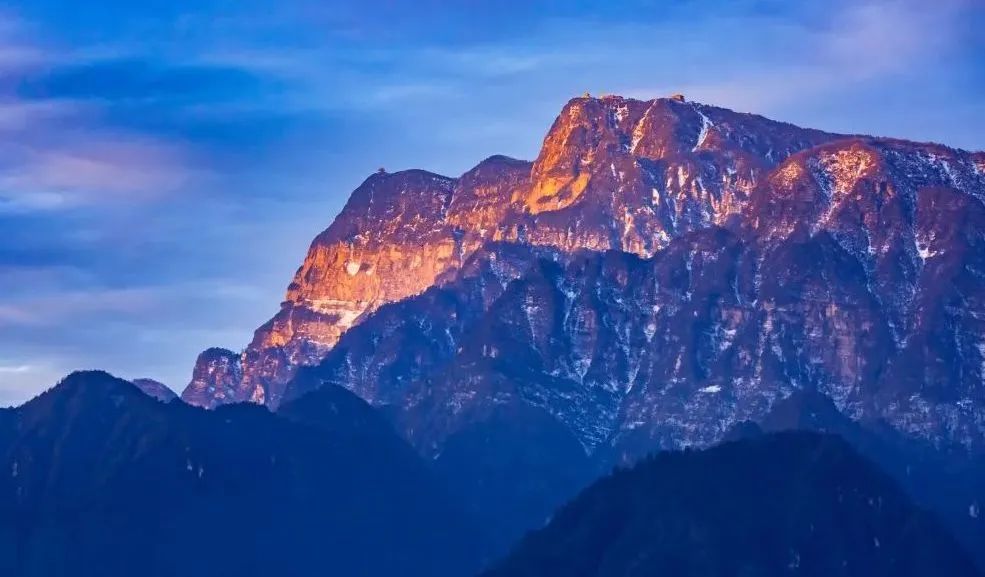
The main peaks of Mount Emei include Da’e, Er’e, San’e, and Si’e Mountains, along with 72 other peaks such as Baozhang, Tianchi, Huayan, Yunü, and Shisun. Among these, Da’e Mountain is the tallest at 3,099 meters, dominating the southwestern part of Sichuan Province.
Mount Emei is characterized by its “majesty, beauty, uniqueness, steepness, and serenity.” It is world-renowned for its stunning natural scenery, long-standing Buddhist culture, rich flora and fauna, and unique geological features. The mountain has earned titles such as “Fairy Mountain and Buddha Land,” “Kingdom of Plants,” “Animal Paradise,” and “Geological Museum.” The United Nations has recognized it as an “Outstanding Global Eco-tourism Destination.”
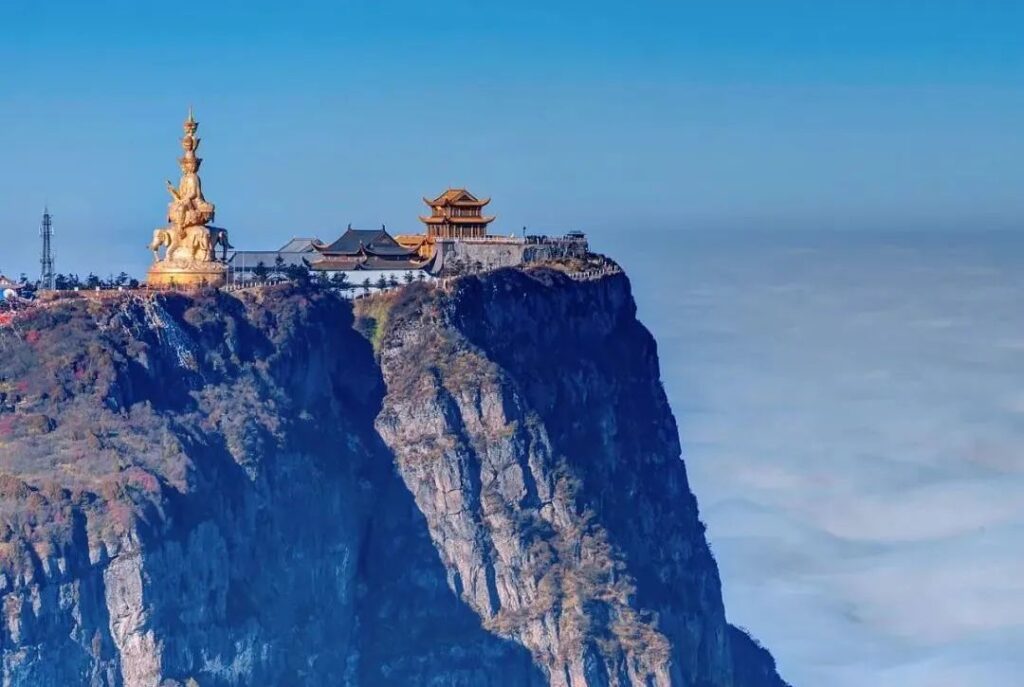
Like many other famous mountains that rise abruptly from the plains, such as Mount Hua, Mount Lu, and Mount Tai, Mount Emei is a typical fault-block mountain formed by geological structures. Fault-block mountains, also known as fault mountains, are geological wonders created by faults. Ancient rock layers fracture due to crustal forces, forming cliff faces along the break lines, resulting in a mountain that stands isolated on all sides, with steep cliffs on all eight faces.
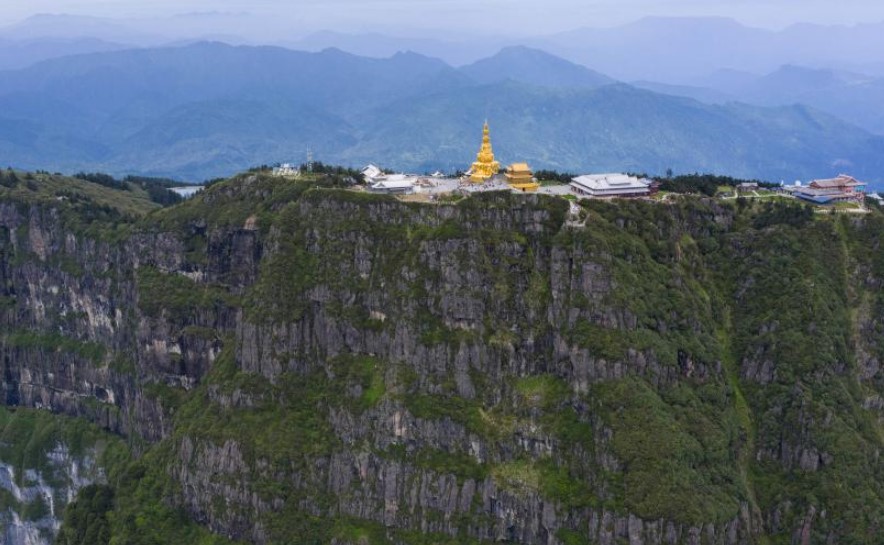
The main body of Mount Emei is based on a short north-south anticline. Its landforms can be classified as erosional or depositional based on their formation process, or as structural, fluvial, karst, or glacial based on their origin.

The area experiences frequent cloud cover, limited sunshine, and abundant rainfall. It has a subtropical monsoon climate, with an average temperature of about 6.9°C in January and 26.1°C in July.
At sunset, from the summit of Mount Emei, the vast view presents a spectacle where the setting sun illuminates distant mountains, blurring the distinction between rolling clouds and undulating peaks. On lucky days, visitors might even glimpse the snow-capped Gongga Mountain in the distance.
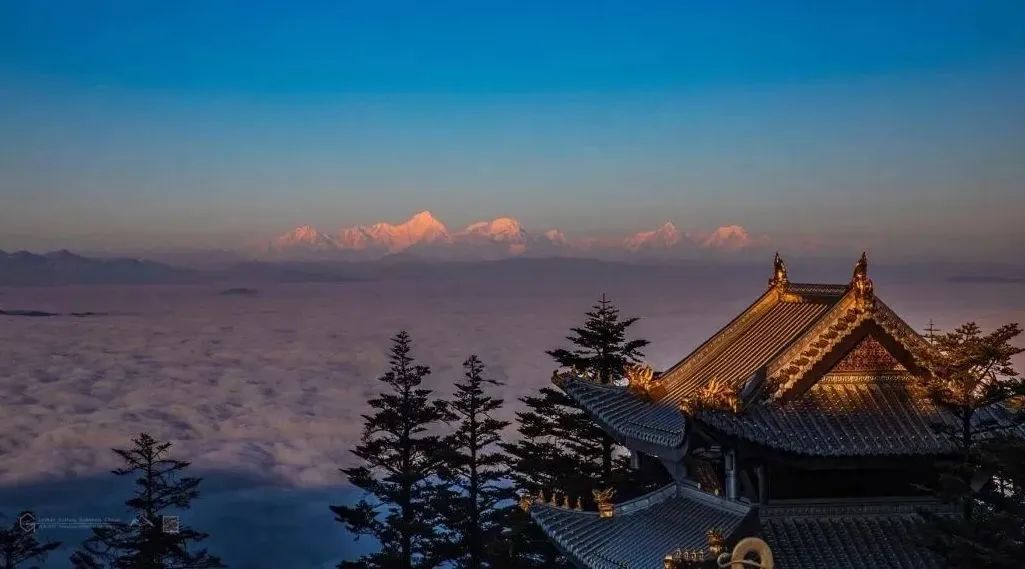
The spectacular sea of clouds at Mount Emei, known in Buddhist terms as the “Silver World,” is a breathtaking sight. When mountain winds rise, the sea of clouds surges, making distant peaks appear like islands in an ocean, creating a majestic scene that leaves viewers spellbound.
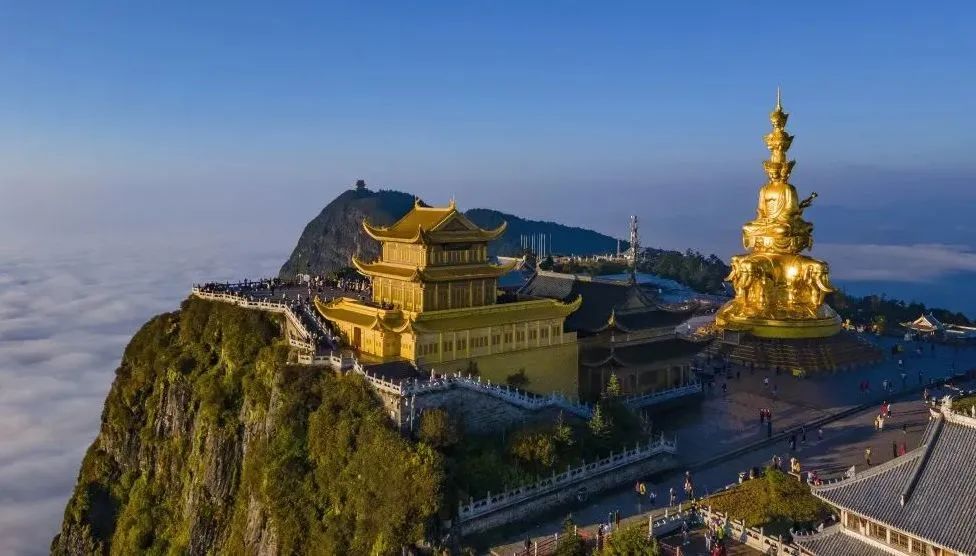
The climate varies with altitude across the scenic area. Below Qingyin Pavilion is the low mountain area, with lush vegetation, cool breezes, and clear springs, where temperatures are similar to the plains. From Qingyin Pavilion to Xixiang Pool is the middle mountain area, where temperatures are 4°C to 5°C lower than the plains below. From Xixiang Pool to the Golden Summit is the high mountain area, where temperatures are about 10°C lower than at Baoguo Temple at the mountain’s base.
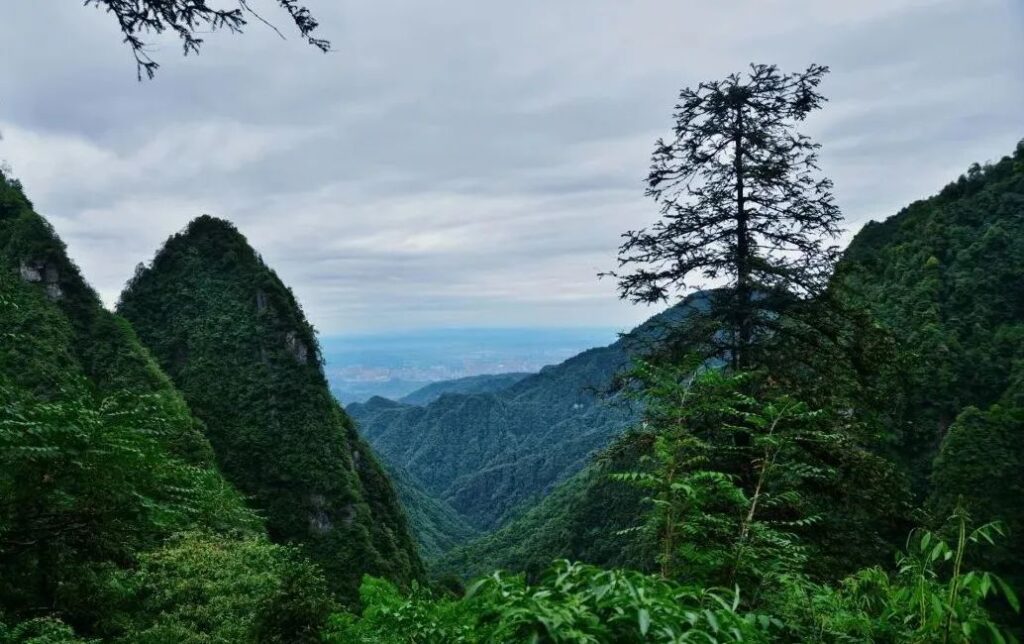
Mount Emei boasts a rich cultural heritage. Buddhism, Taoism, martial arts, and tea culture have flourished here, and many historical figures have left behind poetry and literary works. In 1996, most of Mount Emei’s cultural relics were included in the UNESCO World Heritage List.
The Mount Emei scenic area has been designated as a National Key Cultural Relics Protection Unit, a National Key Scenic Area, and a National 5A-level Tourist Attraction.
Mount Da’e
Mount Da’e is the main peak of Mount Emei, standing at 3,099 meters above sea level. The mountain range features undulating peaks and layered green cliffs. From the foot to the summit, thousands of meters of winding stone paths lead straight up into the clouds. The Golden Summit is covered with a large area of weathering-resistant basalt. On the eastern side of the Golden Summit, there are Paleozoic carbonate rocks. Due to intense water erosion along the anticline fissures, an 800-meter-high steep cliff (known as the Sheshen Cliff) and deep ravines have formed.
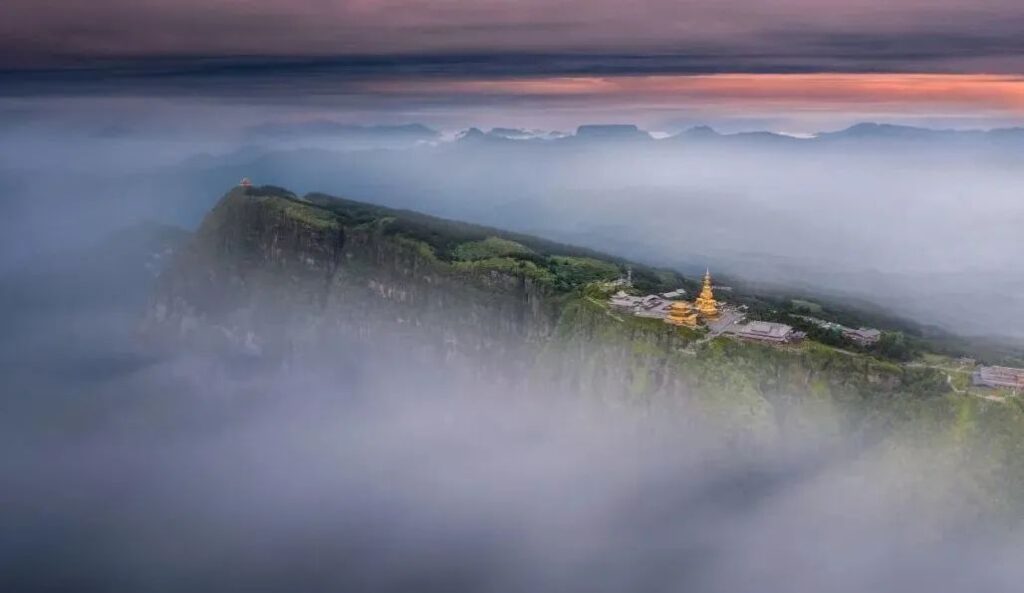
Mount Er’e
Mount Er’e, also known as Fupeng Mountain or Sui Mountain, runs northeast to southwest and is composed of granite and dolomite. Its main peak resembles an overturned cauldron and reaches an altitude of 1,909 meters. The mountain is covered with Chinese fir, mixed woods, and bamboo, and has established forestry operations. Local products include tea, bamboo shoots, tung oil, and lacquer. It is also a source of traditional Chinese medicinal herbs. On its western slope lies the Zhigan Cave, a famous Taoist site. To the south is the Ziyun Cave, said to be where the Tang Dynasty immortal Lü Dongbin practiced cultivation.

Mount San’e
Mount San’e, also called Huaren Mountain or Xihuang Mountain, is located southwest of Shawan Town in Leshan. It stretches 13 kilometers in length and 7 kilometers in width, with its main peak reaching 2,027.1 meters above sea level, rising 1,625 meters above the river level at Shawan Town. The summit is covered with basalt, and the eastern slope is steep. The mountain contains copper and aluminum deposits.

Mount Si’e
Mount Si’e is located 20 li (about 10 kilometers) north of Mount Emei and 5 kilometers north of Emeishan City, with an elevation of 982 meters. Due to its flower-petal-like shape, it is also known as Flower Mountain, or possibly the Wuyang Dragon Tail Mountain mentioned in the “Commentary on the Water Classic.” The mountain is home to the Yuantong Temple, and at its peak stands the oldest ancient temple, Guanyin Nunnery, where the Ming Dynasty high monk Yinzong (from Mianzhou, Sichuan) once practiced Chan meditation.

Wanfo Top
Wanfo Top is the highest scenic area and natural ecological protection zone among China’s Four Great Buddhist Mountains. It is also China’s highest World Natural and Cultural Heritage site.

At 3,099 meters above sea level, Wanfo Top originally housed a temple called Wenshu Nunnery, also known as Qingliang Nunnery or Jile Hall. It was built during the Zhengde period of the Ming Dynasty and rebuilt in the 11th year of Emperor Guangxu’s reign in the Qing Dynasty, when a sutra repository was added to store thousands of Buddhist scriptures. Wanfo Top, Qianfo Top, and Golden Summit are aligned in a way that, when viewed from below, resembles an insect’s head, giving rise to the saying “Emei, the insect-headed mountain.”
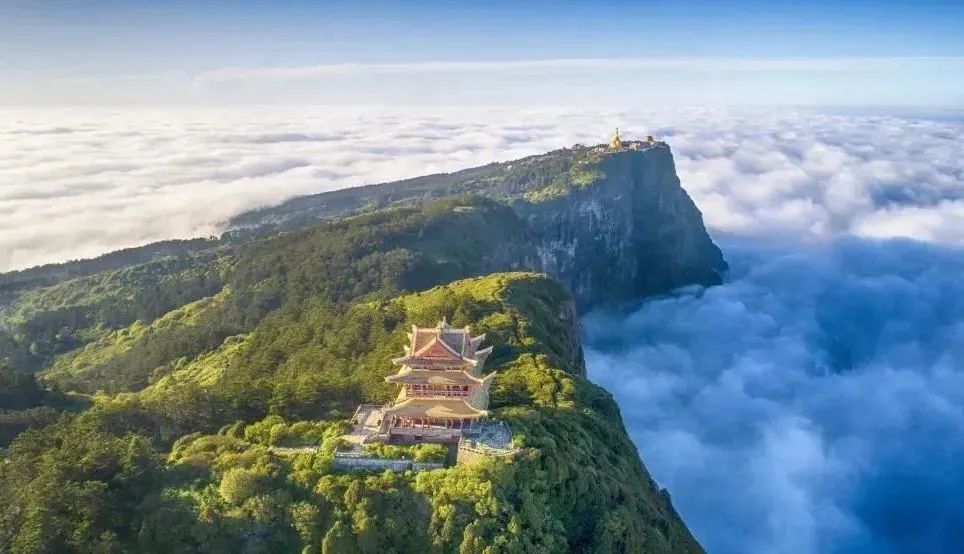
Golden Buddha at the Golden Summit
The Golden Summit of Mount Emei, at 3,079 meters above sea level, boasts not only the world’s most exquisite structure but also China’s largest golden hall, entirely covered in gilt. The golden murals on the walls of the hall are exceptionally rare and reportedly took hundreds of craftsmen two full years to complete, resulting in extraordinary beauty.
From the Golden Summit, visitors can observe Mount Emei’s four wonders: sunrise, sea of clouds, Buddha’s halo, and holy lights.
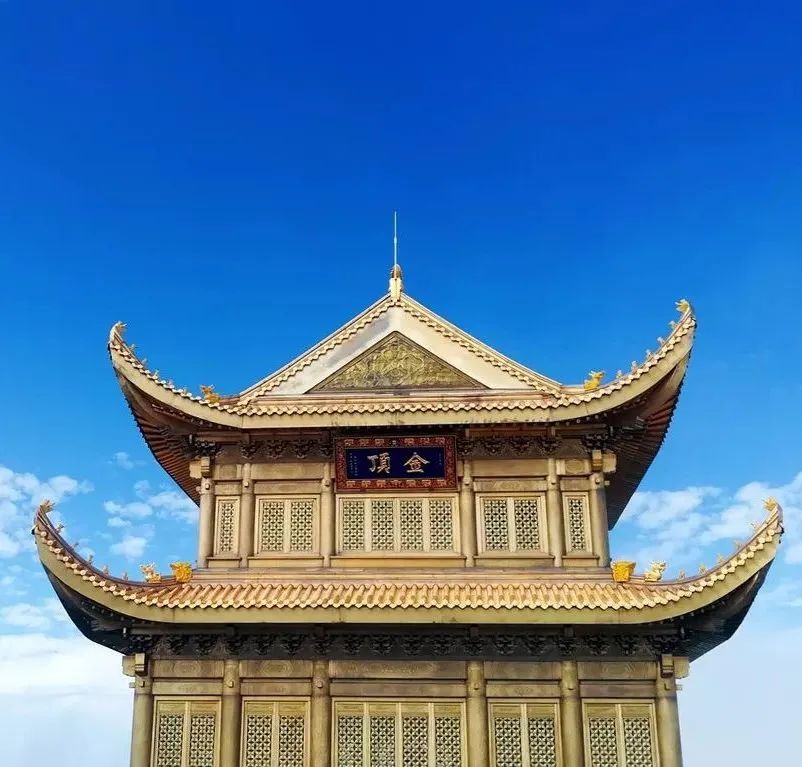
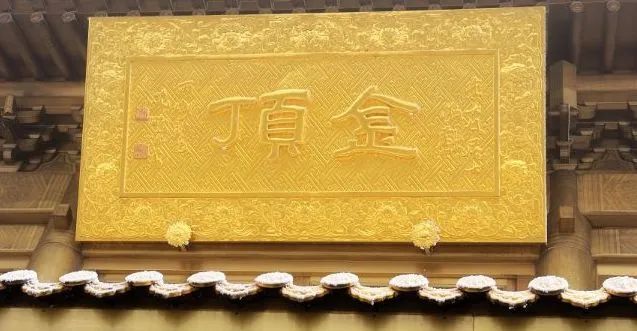
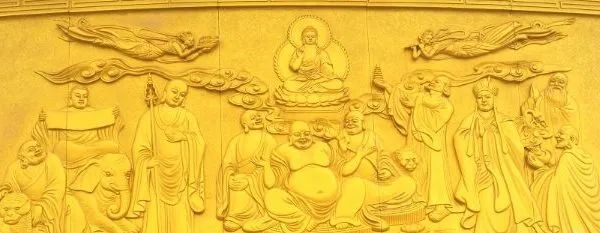
The Golden Buddha is a copper-cast, gold-plated statue standing 48 meters tall and weighing 660 tons. It consists of a pedestal and the Ten Directions Samantabhadra statue. The pedestal is 6 meters high and 27 meters in length and width, with Samantabhadra’s ten great vows carved on all four sides and decorated with granite reliefs. The Ten Directions Samantabhadra statue is 42 meters tall and weighs 350 tons. It symbolizes the “Forty-eight Vows to Save All Beings” from Buddhist scriptures, representing Amitabha Buddha’s forty-eight great vows to liberate all sentient beings.
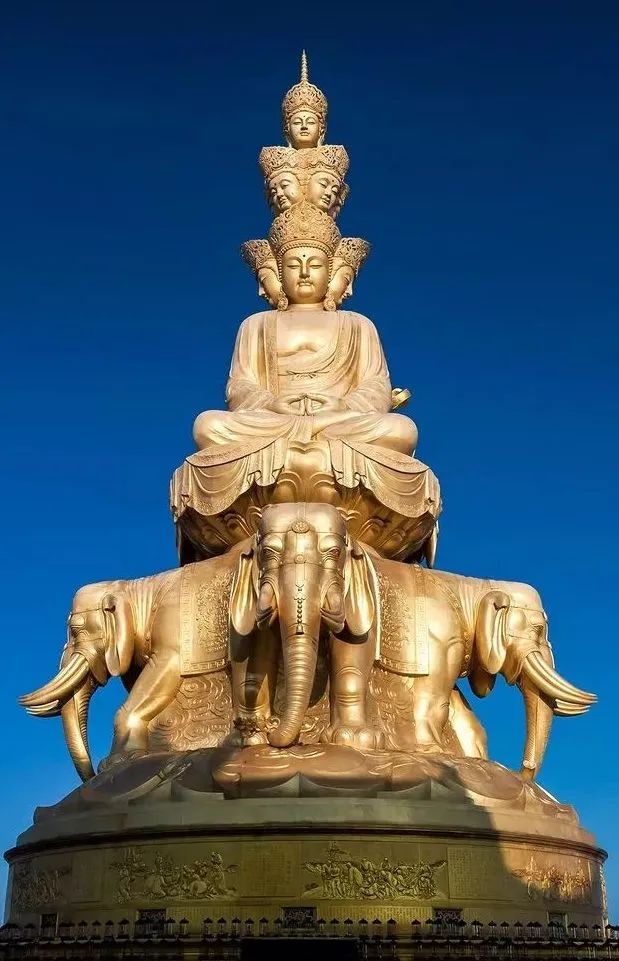
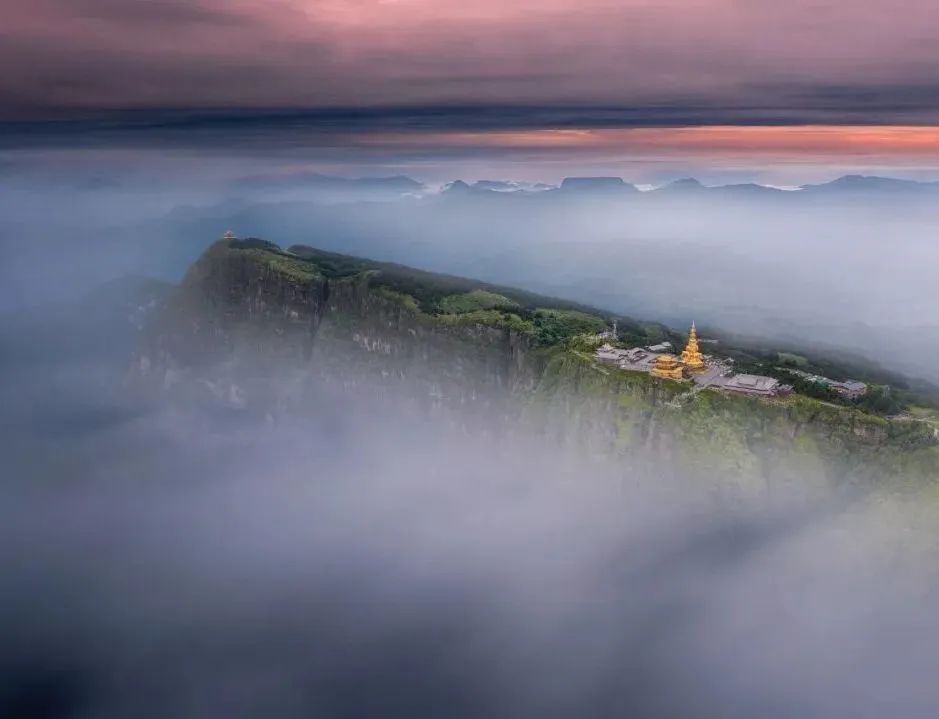

Xixiang Pool
Xixiang Pool, one of the eight major temples of Mount Emei, is located on Zuantian Slope at an altitude of 2,070 meters. During the Ming Dynasty, it was initially just a pavilion called “Chuxi Pavilion,” later rebuilt as a nunnery named Chuxi Nunnery.
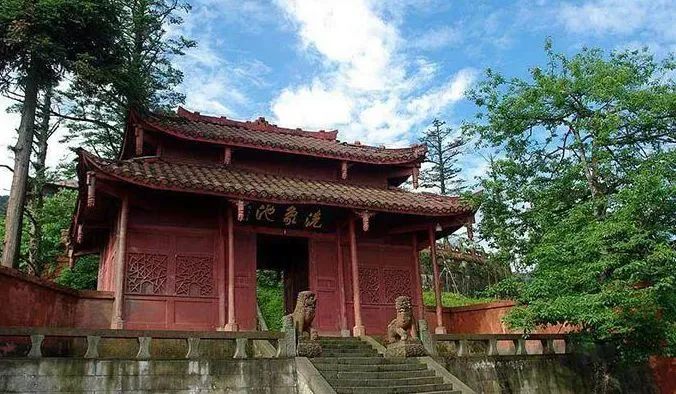
In 1699, during the Kangxi period of the Qing Dynasty, Zen Master Xingneng (known as the Old Man of Hongchuan) rebuilt it as a temple. In the early Qianlong period (1736), Monk Yuezheng renovated the paths on Zuantian Slope in front of the temple and Luohan Slope behind it. He also reconstructed the small pool in front of the temple into a hexagonal shape and placed a stone elephant by the pool to correspond with the legend of Samantabhadra Bodhisattva washing his elephant.
Legend has it that when Samantabhadra Bodhisattva passed by riding his elephant, the white elephant bathed in the pool, hence the name Xixiang Pool (Elephant Washing Pool). It is also known as Tianhua Chan Temple.
Xianfeng Temple
Xianfeng Temple, one of the eight major temples of Mount Emei, is located at the foot of Xianfeng Rock. Originally named Ciyan Temple, it stands at an altitude of 1,725 meters, with its entrance facing Huayan Peak. The temple was initially established in 1281 during the Yuan Dynasty as a small hermitage.
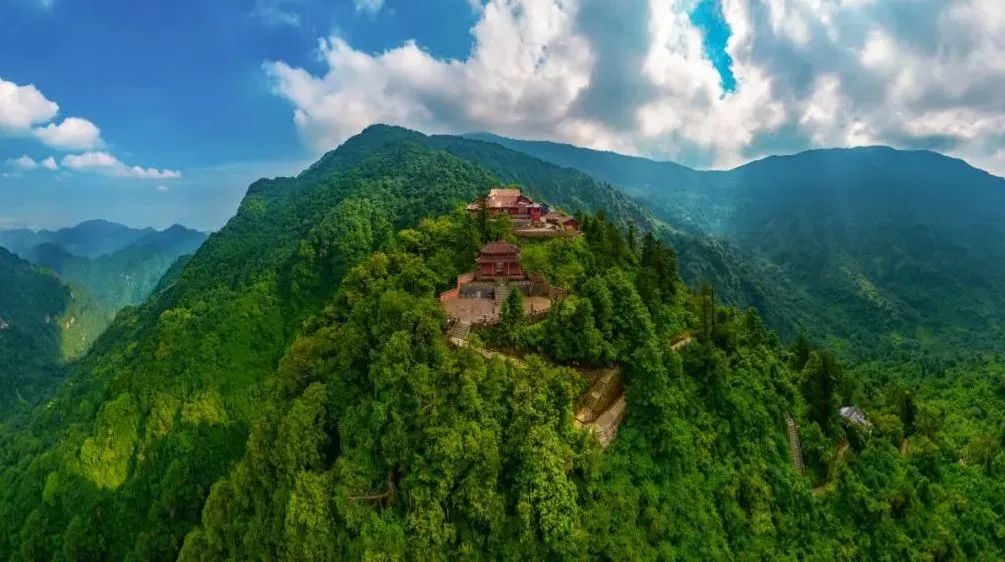
In the early Ming Dynasty, a sutra repository building was constructed to store the Buddhist canon bestowed by Emperor Shenzong. In 1612, Zen Master Benjiong expanded it into a large temple, naming it “Xianfeng Chan Forest.” The temple was destroyed by fire in 1643. In 1779, during the Qing Dynasty’s Qianlong period, monks Tai’an and Yusheng rebuilt it and renamed it “Xianfeng Temple,” a name it retains to this day.
Ninety-Nine Turns
The Ninety-Nine Turns is a famous treacherous slope on Mount Emei, starting from Lingxiao Pavilion and ending at Shouxing Bridge. One turn follows another, and one slope connects to the next. Just as you think you’ve reached the end of one slope, the path suddenly curves, revealing yet another slope.

Legend has it that when Samantabhadra first came to Mount Emei to establish a sacred site, he passed through this area. Seeing the steep and slippery terrain, he instructed Bodhisattva Lingzu to command 3,000 powerful beings to work simultaneously, each creating one step. The 3,000 stone steps were completed in an instant. When Lingzu inspected the work, he counted exactly ninety-nine turns, thus giving the slope its name.

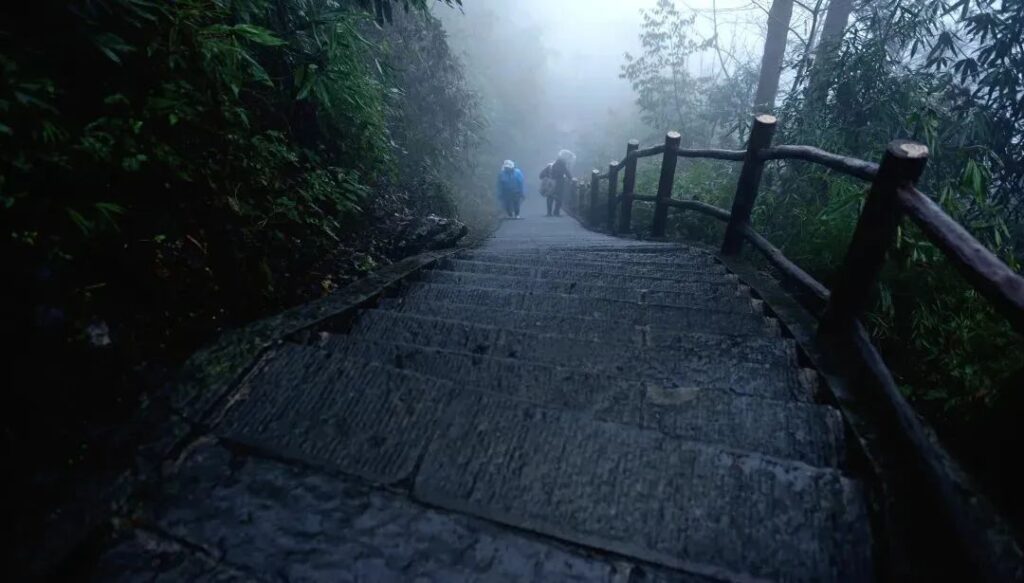
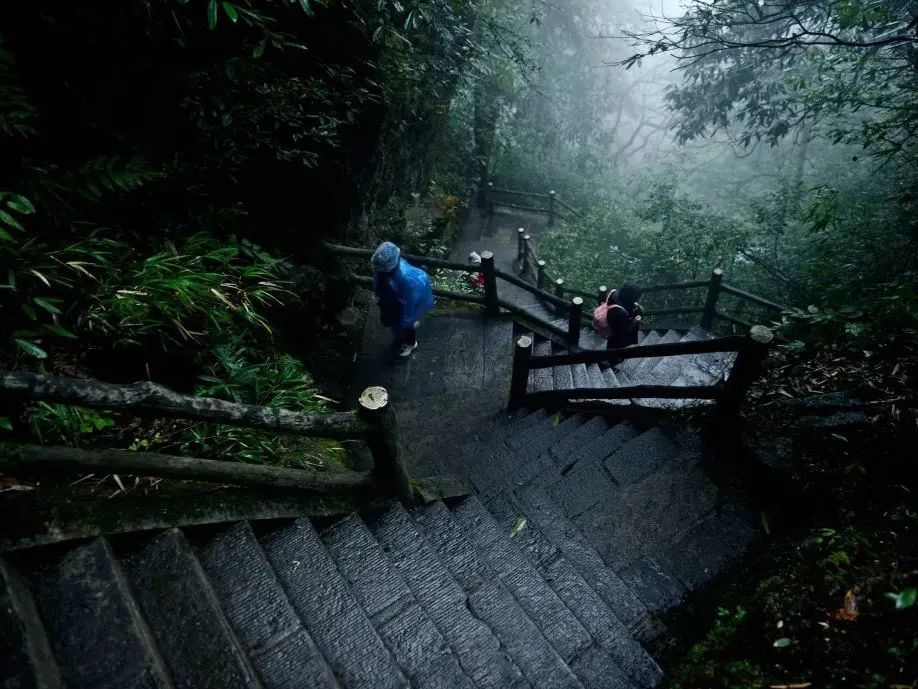
Wannian Temple
Wannian Temple is located on Mount Emei, about 15 kilometers uphill from Baoguo Temple at the mountain’s base, beneath Lion Ridge. The temple was originally built during the Eastern Jin Dynasty and was called Puxian Temple. During the Tang Dynasty, Zen Master Huitong rebuilt it and renamed it Baishui Temple. In the Song Dynasty, it was again renamed Baishui Puxian Temple.
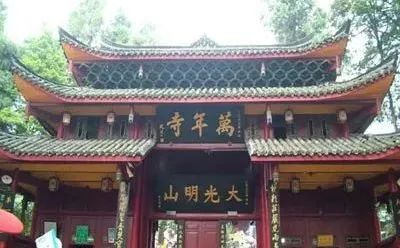
In 1601, during the Ming Dynasty, Emperor Shenzong bestowed the name Shengshouwannian Temple (Holy Longevity Ten Thousand Years Temple) to celebrate the Empress Dowager’s 70th birthday.
Behind the beamless brick hall is the famous “Xingyan Tower,” which houses the temple’s three treasures: a Buddha tooth relic, palm-leaf scriptures, and an imperial seal.
Qingyin Pavilion
Qingyin Pavilion, also known as Woyun Temple, is one of the eight major temples of Mount Emei. It was built during the Tang Dynasty by Zen Master Huitong and houses statues of Shakyamuni, Manjusri, and Samantabhadra.

Constructed in 877, it was renamed Qingyin Pavilion in the early Ming Dynasty by Monk Guangji, inspired by a line from Jin Dynasty poet Zuo Si’s “Poem of Reclusion”: “Why need strings and bamboo, when mountains and waters have pure sounds?” The pavilion is perched on a ridge between the Black Dragon River and the White Dragon River, in a precarious position. Dense forests surround the pavilion on its sides and rear.

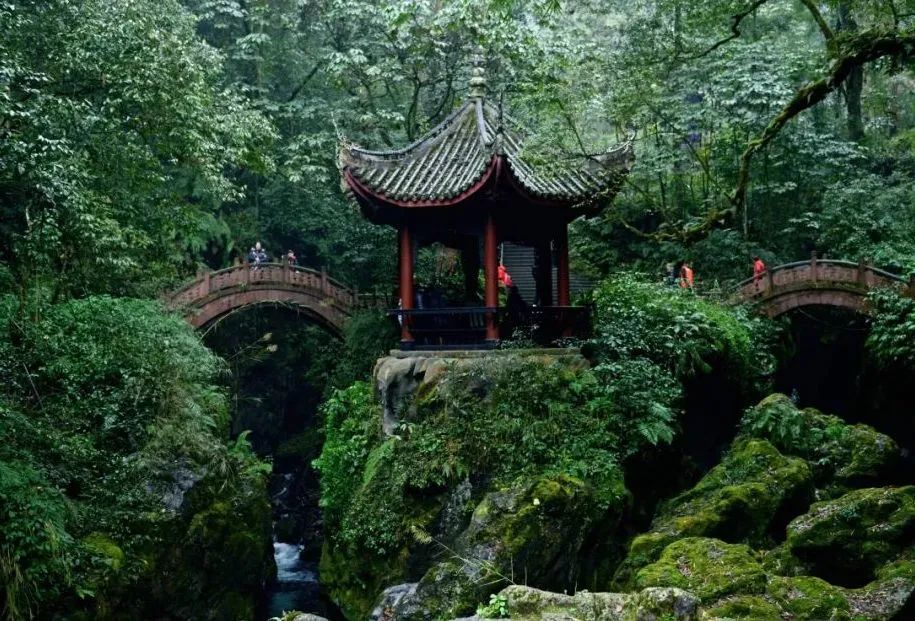

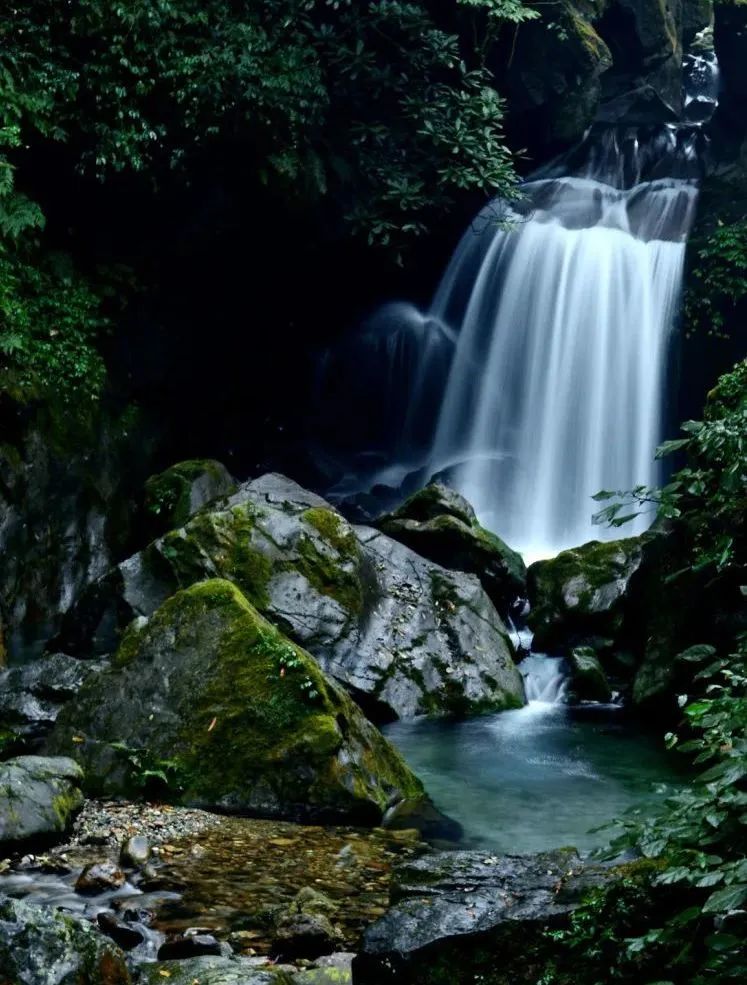
Chunyang Hall
Chunyang Hall, originally named Lüxian Xing Cave, is located at the foot of Chicheng Peak and was built during the Ming Dynasty’s Wanli period. The existing hall was renovated during the Qing Dynasty’s Qianlong and Jiaqing periods. Chunyang Hall consists of two halls: the first is the Medicine Buddha Hall, which houses a statue of the Medicine Buddha flanked by the Sun and Moon Bodhisattvas, all made of gilt bronze and considered Qing Dynasty cultural relics. The second is the Mahavira Hall, which houses a statue of Shakyamuni Buddha surrounded by eighteen Arhats. There are also four additional niches on either side, containing statues of Samantabhadra, Ksitigarbha, Avalokitesvara, and Manjusri, as well as a statue of Skanda.
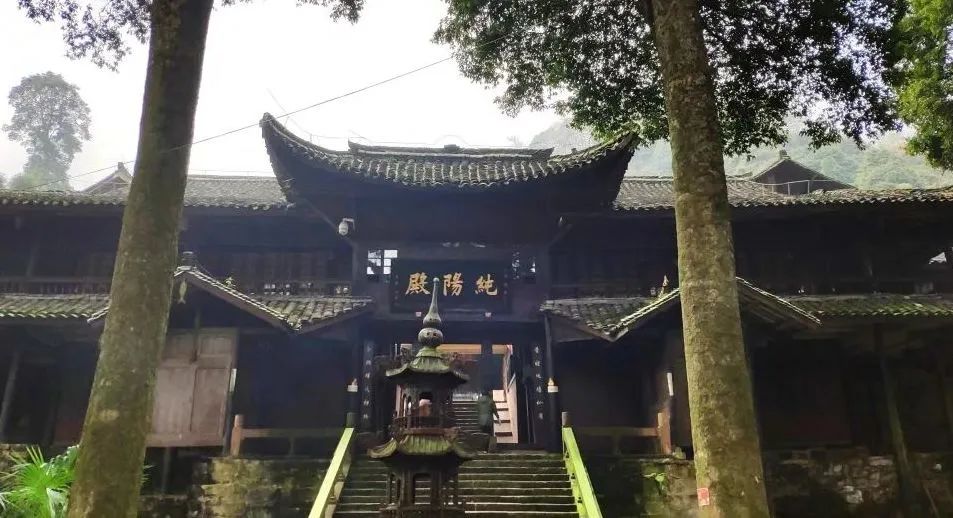
In the overgrown grass behind the hall, two stone tablets with clear inscriptions still remain, reflecting the history of Mount Emei as a place where Buddhism and Taoism once coexisted, before Buddhism flourished and Taoist practitioners disappeared.
Leiyinsi Temple
Leiyinsi Temple, also known as Jietuo Hermitage, is located at the foot of Yunu Peak. During the Ming Dynasty’s Jiajing and Longqing periods (circa 1522-1572), it was called Guanyin Hall, situated at an altitude of 733 meters. In the Wanli period of the Ming Dynasty (around 1573), Zen Master Wuxia built a thatched cottage here. Legend has it that Monk Wuxia could control bears with his focused mind and pacify tigers with his tranquility, making him famous far and wide. In the early Qing Dynasty, it was briefly renamed Jietuo Hermitage. In 1884, during the reign of Emperor Guangxu, the temple was rebuilt and renamed Leiyinsi to commemorate these events.
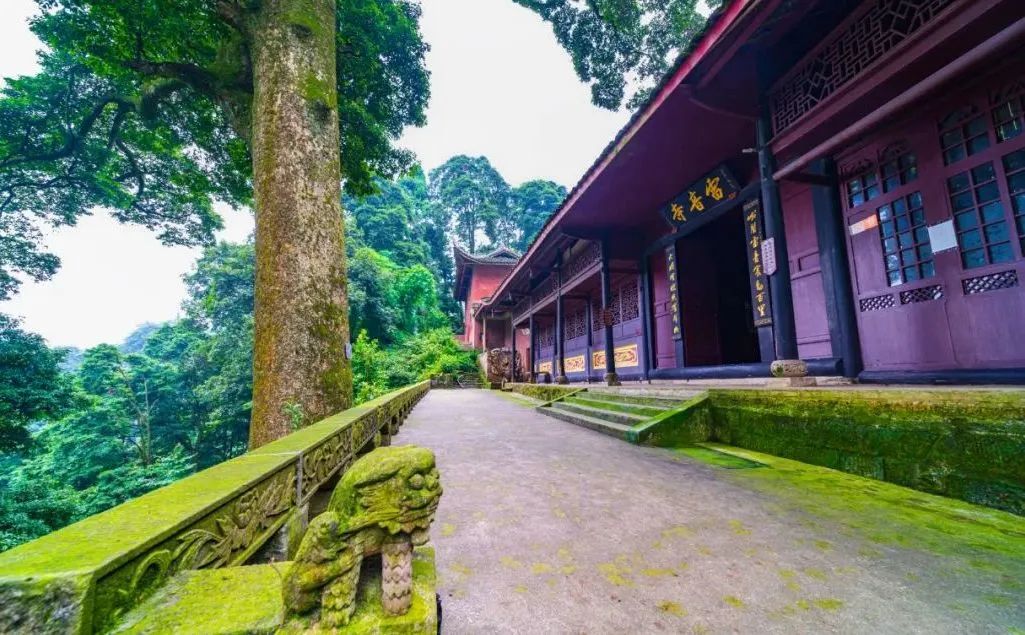
Baoguo Temple
Baoguo Temple is located at the foot of Mount Emei, at an altitude of 551 meters. It is the first temple on Mount Emei and serves as the headquarters of the Mount Emei Buddhist Association and the center of Buddhist activities in the area.
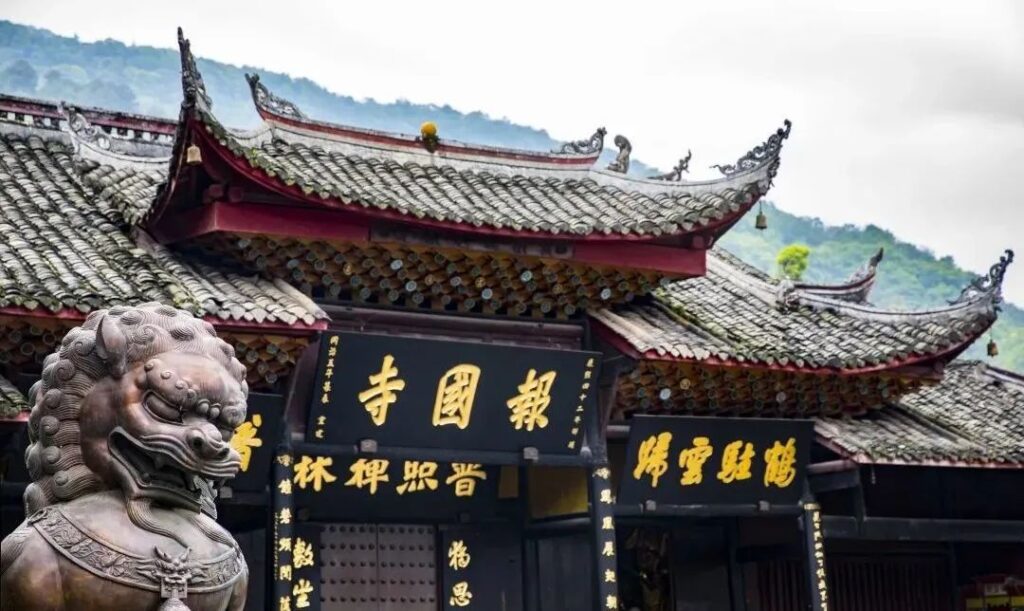
The large plaque above the temple gate reading “Baoguo Temple” was imperially inscribed by Emperor Kangxi of the Qing Dynasty and written by Yu Fan. The main hall bears a plaque reading “Majestic Appearance of Treasures.” The couplet on the pillars on either side of the temple gate reads: “Phoenix spreads its wings towards the golden palace, bells and chimes are frequently heard on jade steps.” The horizontal plaques read “Universal Illumination of the Zen Forest” and “Universal Emanation of Light.” Above the main door is the couplet: “Thinking independently to enlighten the Way, sitting to expound the sutras.”
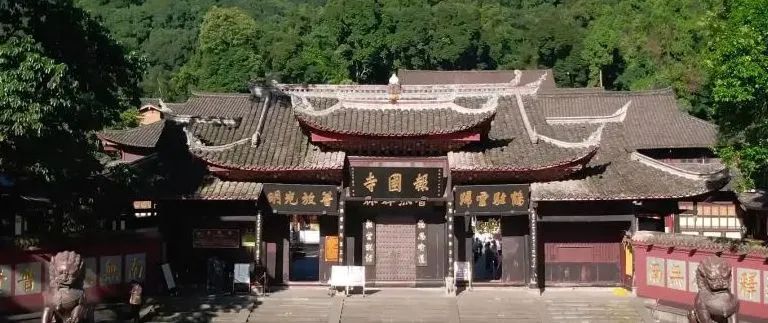
Fuhu Temple
Fuhu Temple is one of the eight major temples on Mount Emei. Originally built during the Tang Dynasty, it was renovated during the Southern Song Dynasty’s Shaoxing period. In the Qing Dynasty’s Shunzhi period, Monk Guanzhi rebuilt it over 20 years, making it one of the largest temples on the mountain.
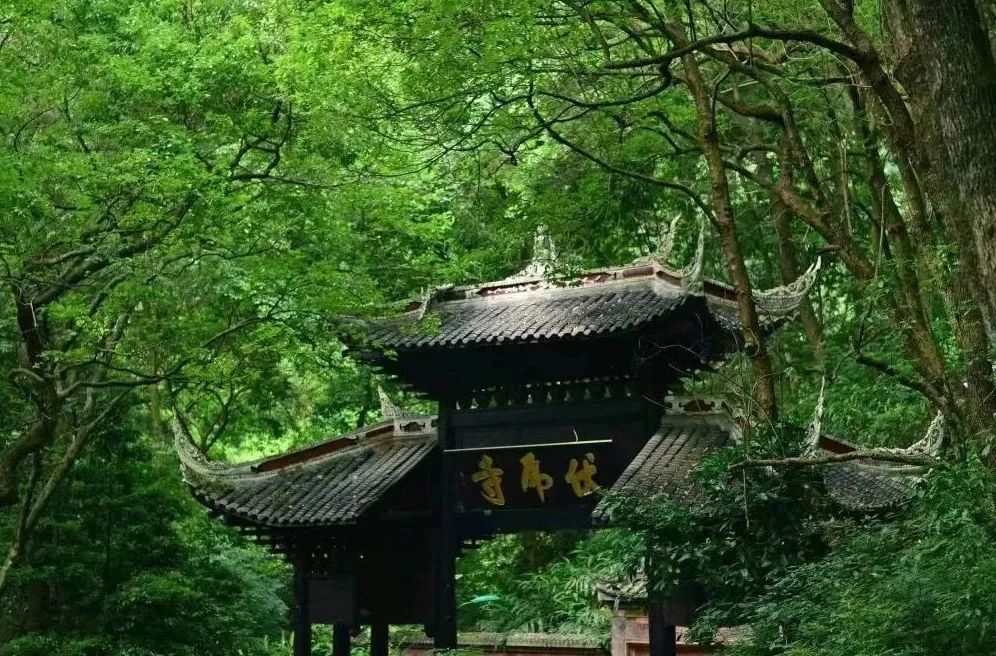
Upon entering the temple gate, visitors encounter the Maitreya Hall, which houses a gilded clay statue of seated Maitreya, flanked by statues of the Four Heavenly Kings. Behind the Maitreya Hall is the Skanda Hall, containing a statue of Skanda. The temple also features the Huayan Pagoda Pavilion, housing a purple copper Huayan Pagoda cast during the Ming Dynasty. The pagoda is 5.8 meters tall with 14 tiers, adorned with over 4,700 small Buddha statues and inscribed with text from the Huayan Sutra.
Qianfo Chan Temple
Qianfo Chan Temple’s main gate faces east, with ten main halls and eleven courtyards arranged in an orderly manner from east to west. The Daguangming Tower and Yaoshi Hall face south, overlooking Foguang South Road in the urban area, serving as the temple’s northern entrance. The structure resembles a Ming and Qing Dynasty city gate tower.
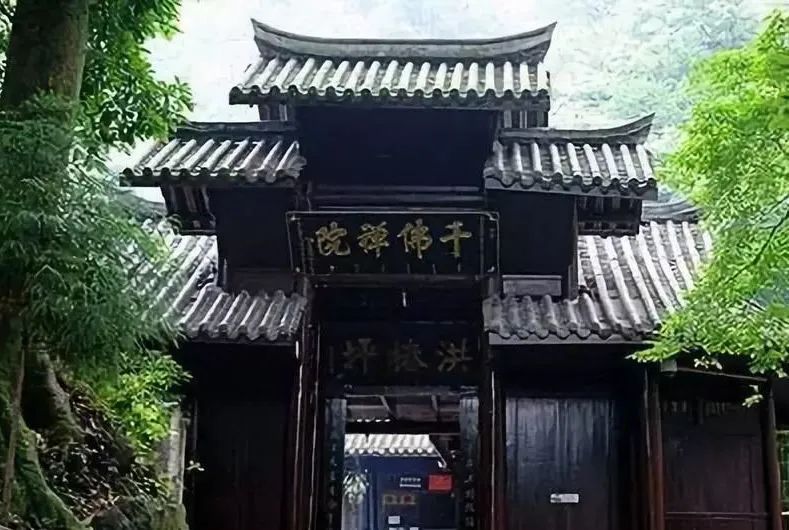
The temple complex covers over 400 mu (about 66 acres) and is the first gateway for pilgrims to Mount Emei, as well as one of the largest public monasteries in Asia. Qianfo Chan Temple faces east and is divided into three main functional areas: the northern area (near the city) is for Buddhist worship and religious ceremonies, the central area is a shared Buddhist garden cultural space, and the southern area houses the Sichuan Buddhist Academy.
Leshan and Emei Cuisine


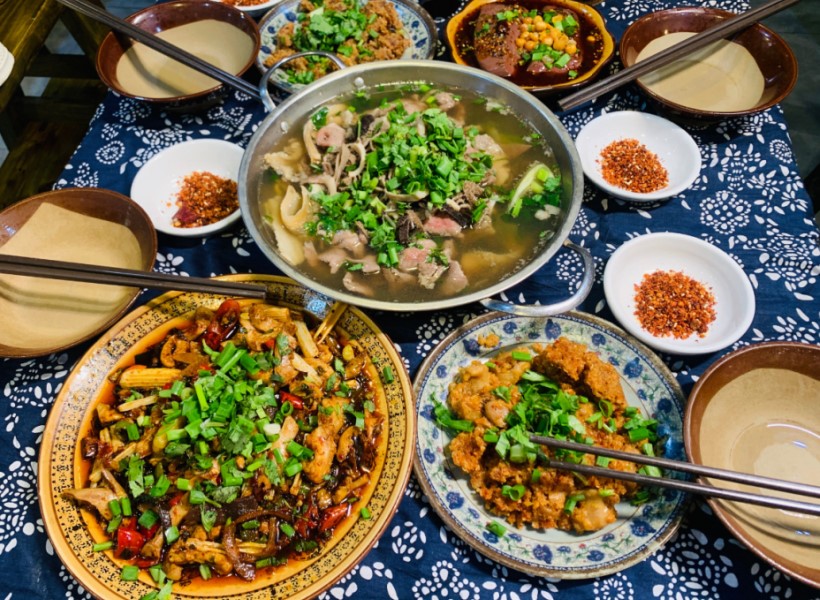
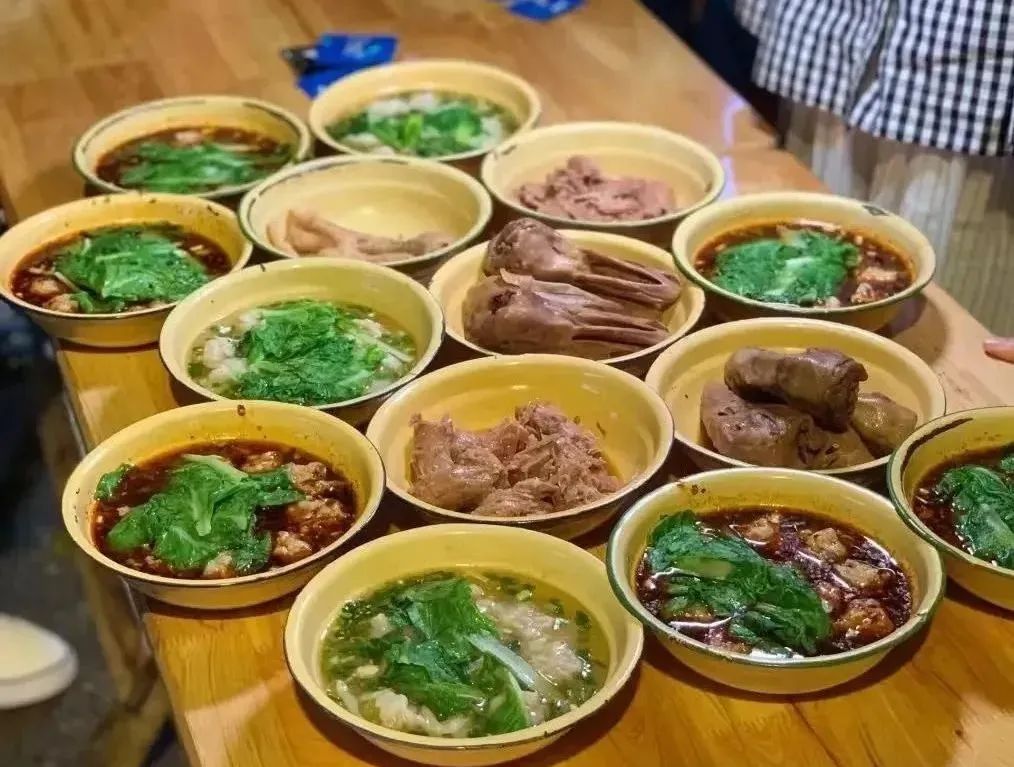



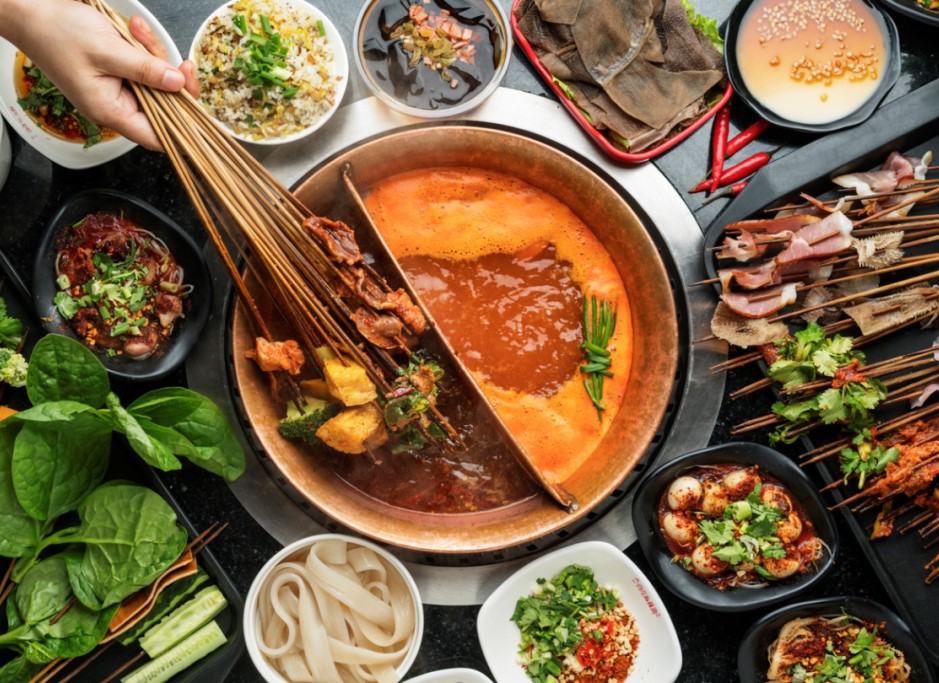





Other local delicacies







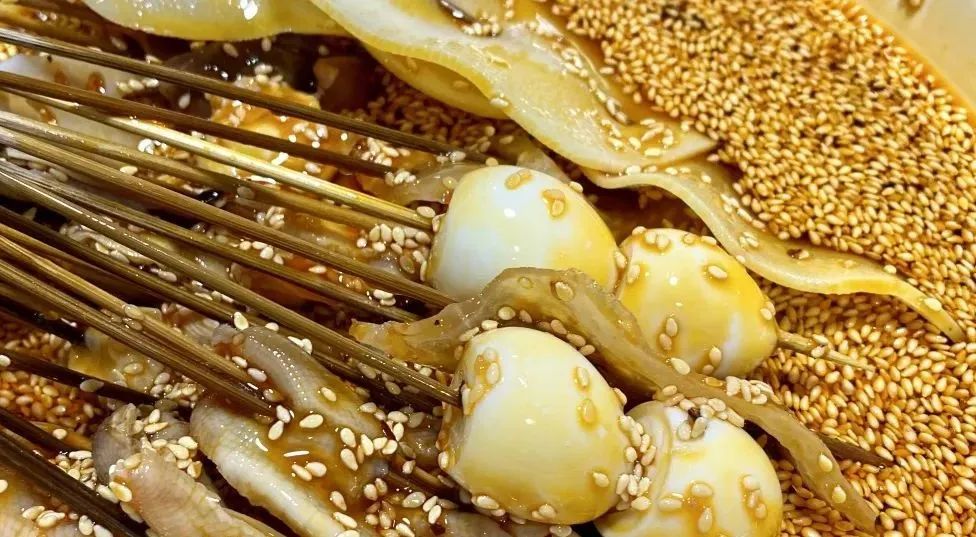
Tourist Route Map

Helpful Tips
Peak Season (January 16 to December 14)
- Entrance fee: Adult ticket 160 yuan/person, Discounted ticket 80 yuan/person
- Wannian Cable Car: Uphill 65 yuan/person, Downhill 45 yuan/person
- Golden Summit Cable Car: Uphill 65 yuan/person, Downhill 55 yuan/person
Off-Season (December 15 to January 15 of the following year)
- Entrance fee: Adult ticket 110 yuan/person, Discounted ticket 55 yuan/person
- Wannian Cable Car: Uphill 30 yuan/person, Downhill 20 yuan/person
- Golden Summit Cable Car: Uphill 30 yuan/person, Downhill 20 yuan/person
Sightseeing Bus: Round trip 90 yuan/person
- Mount Emei has distinct seasons, with spring to autumn being the most suitable for travel.
- The hiking paths on Mount Emei are quite steep, so be sure to wear comfortable athletic shoes and bring enough water and snacks.
- Take adequate rest to avoid excessive fatigue.
- Check local weather conditions in advance and prepare necessary items for your trip.

